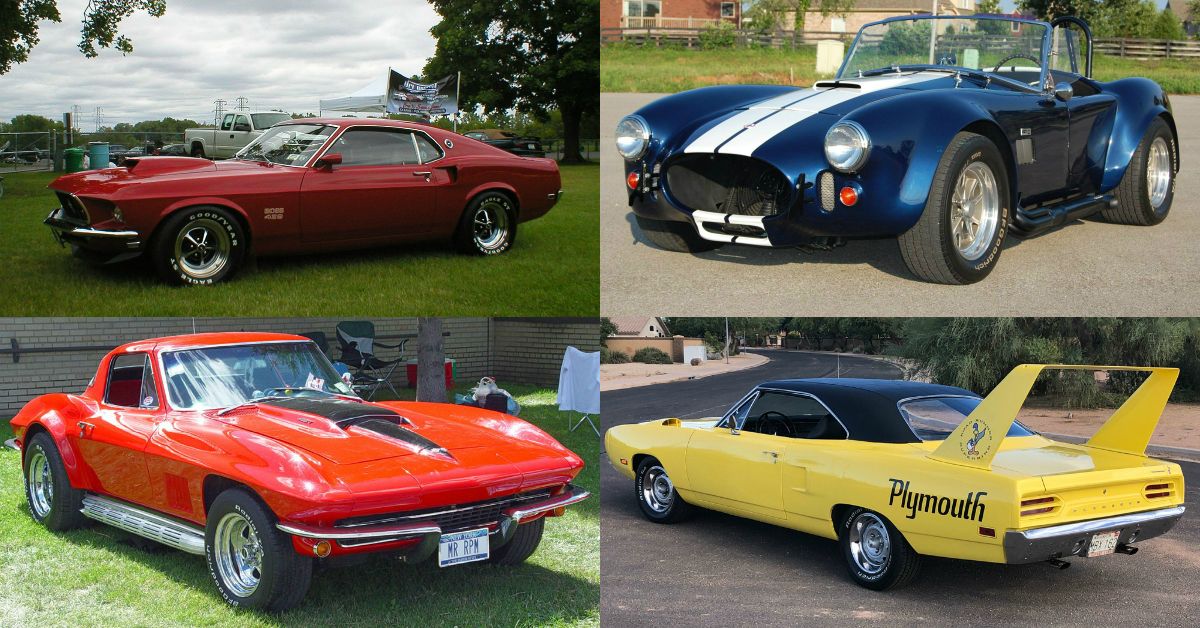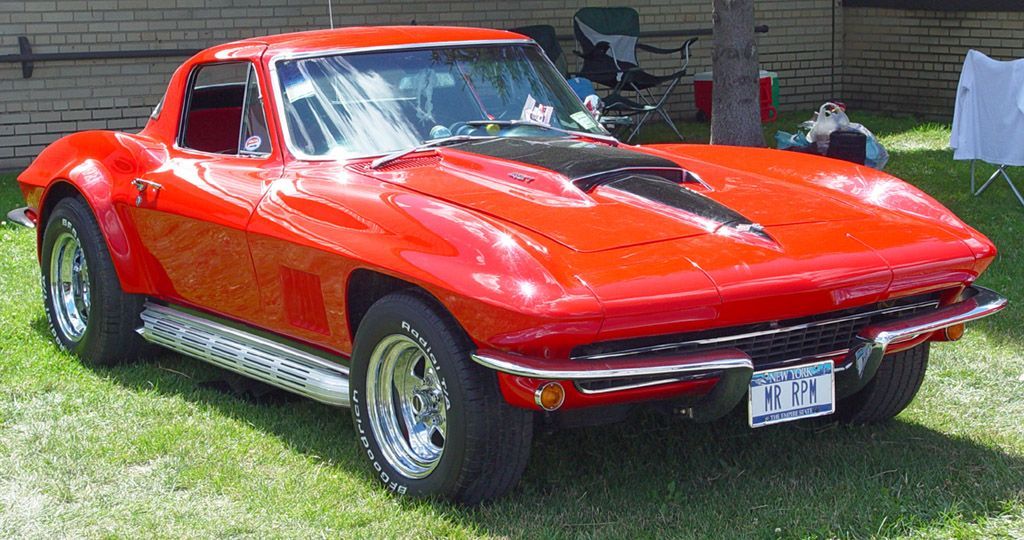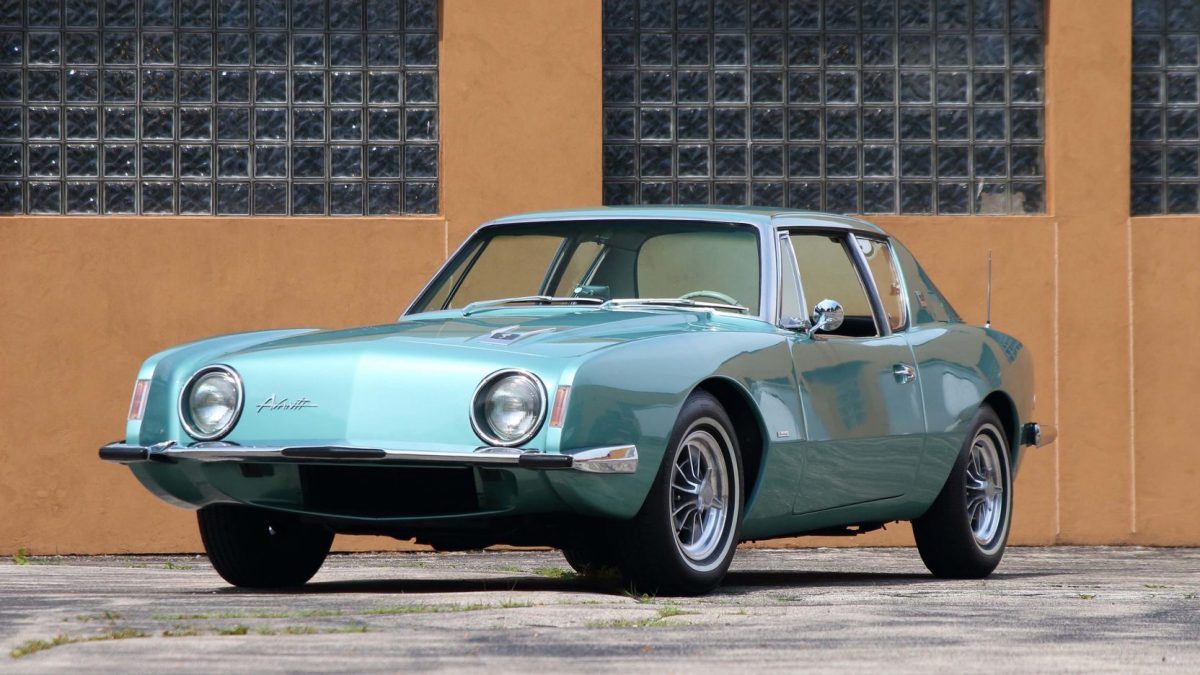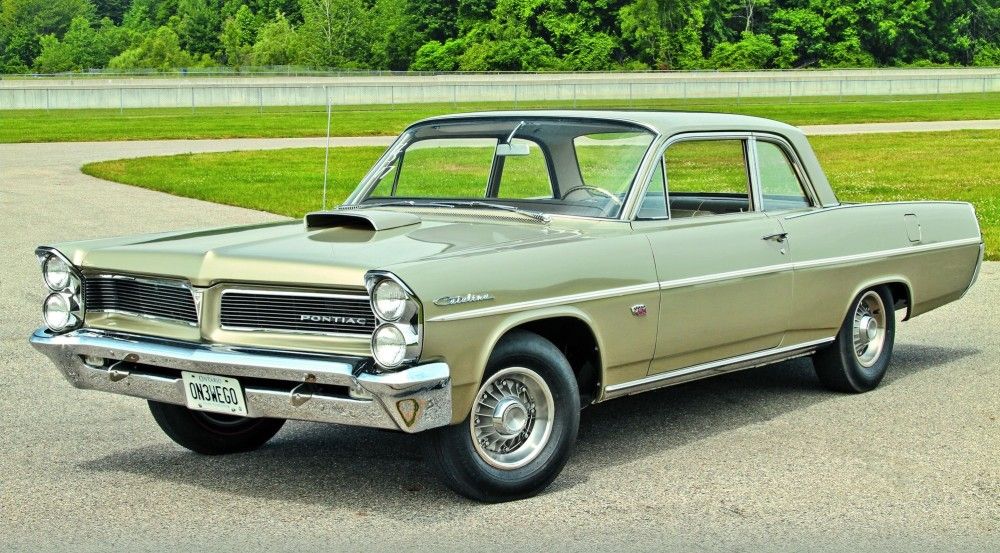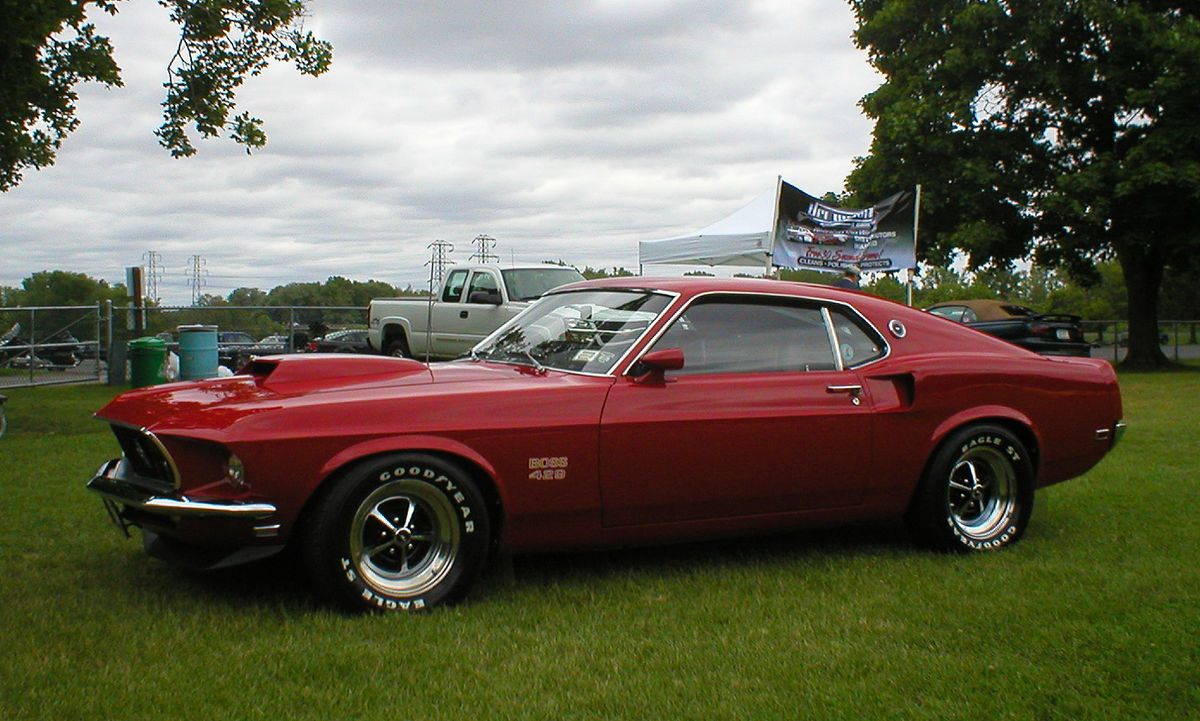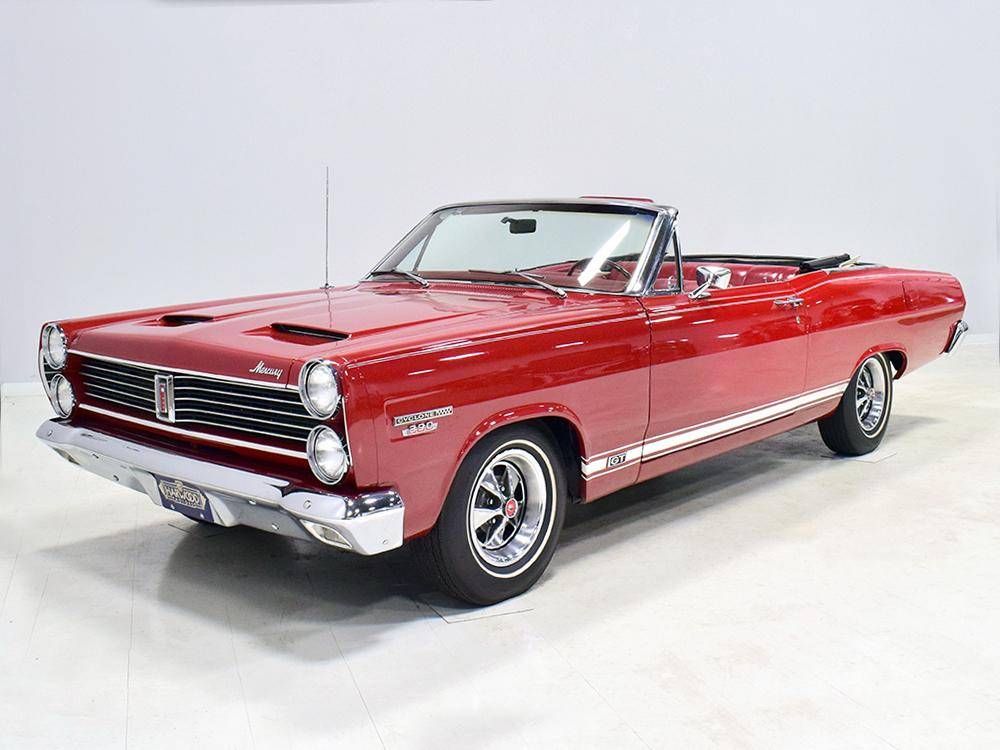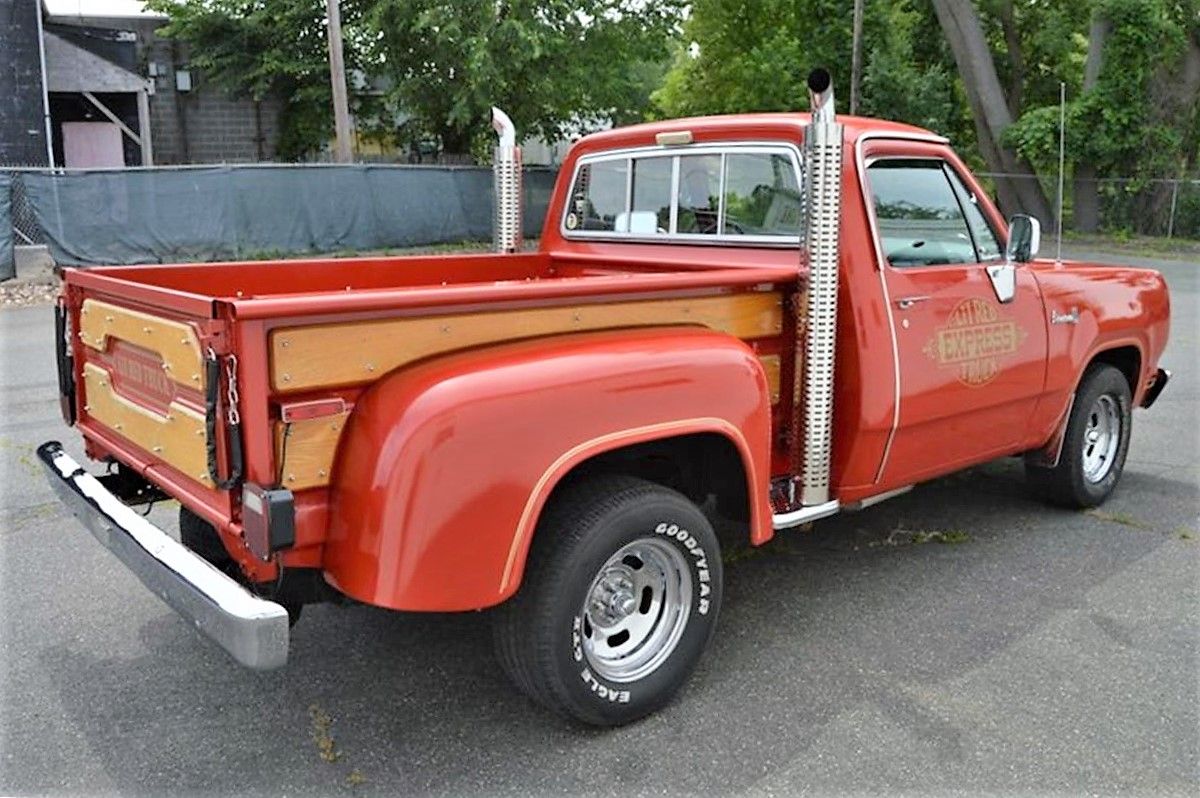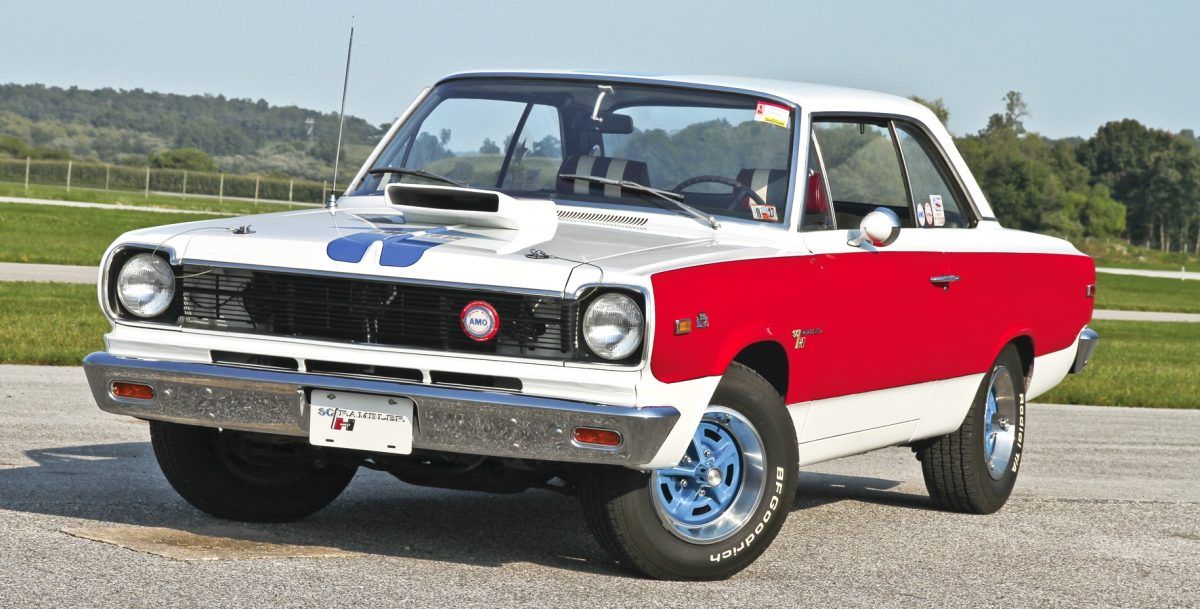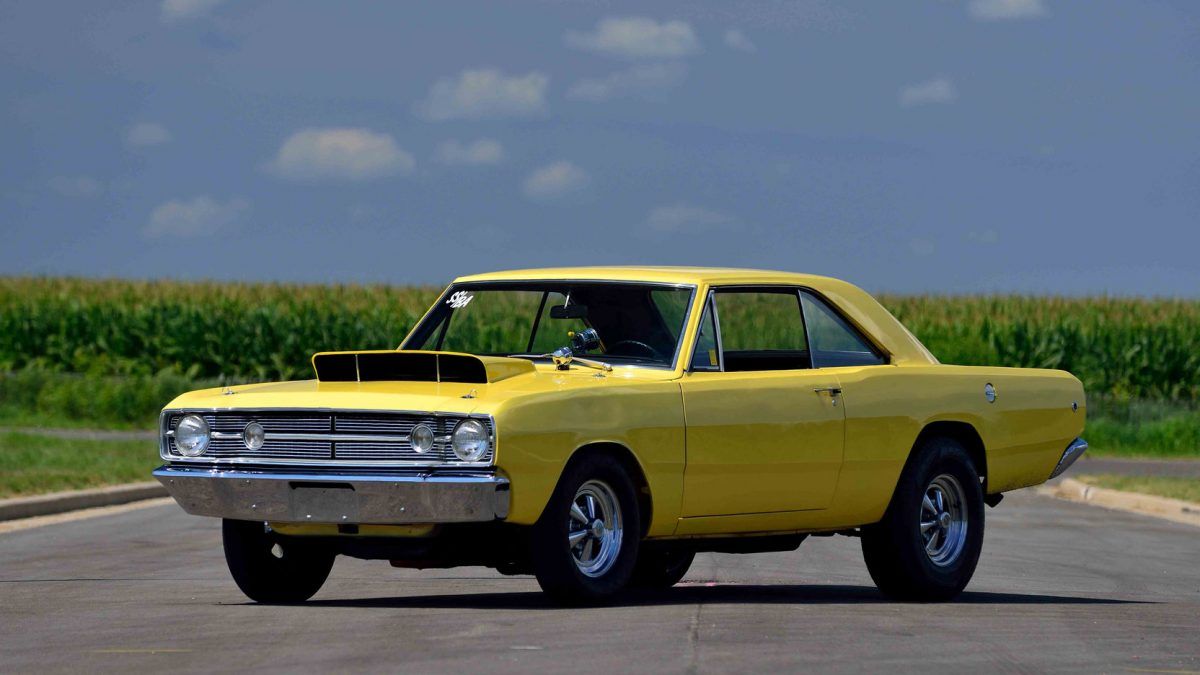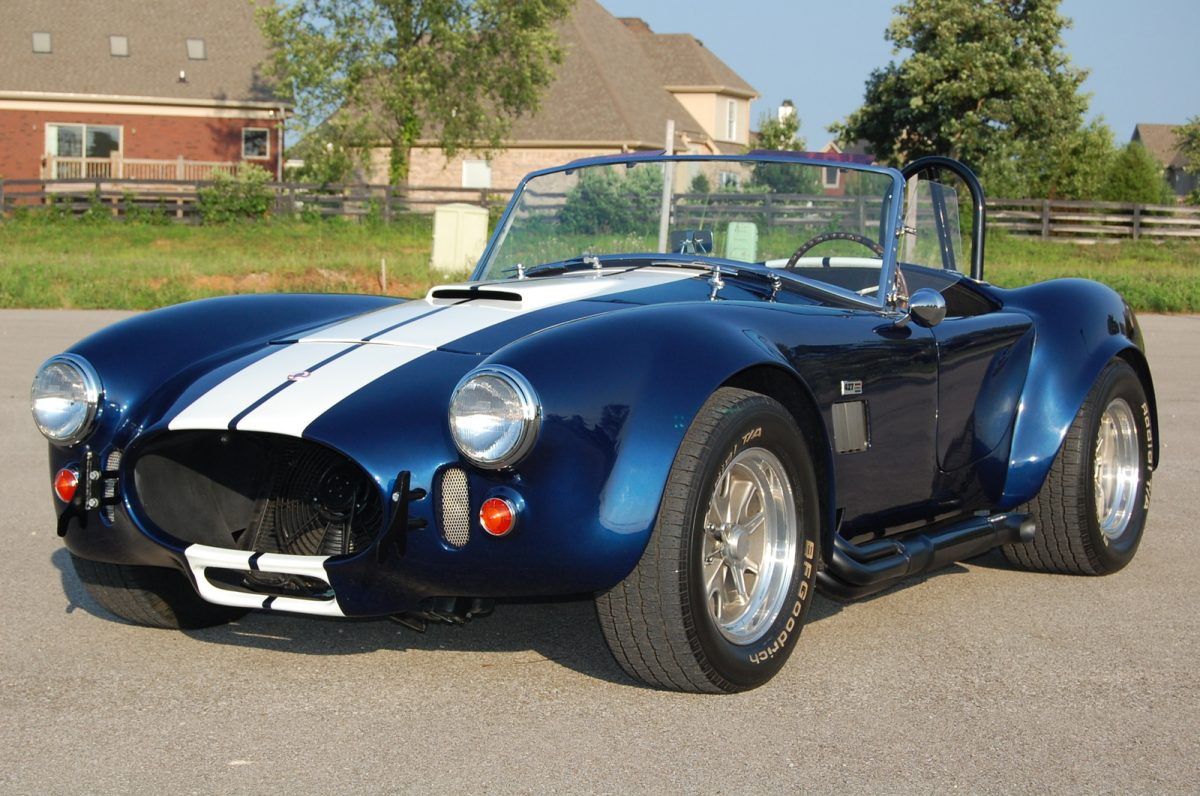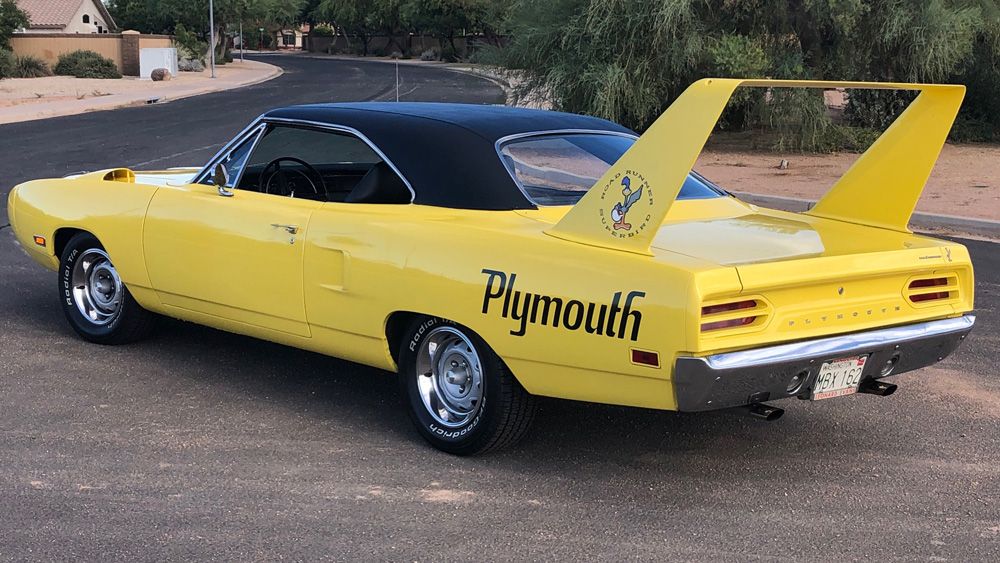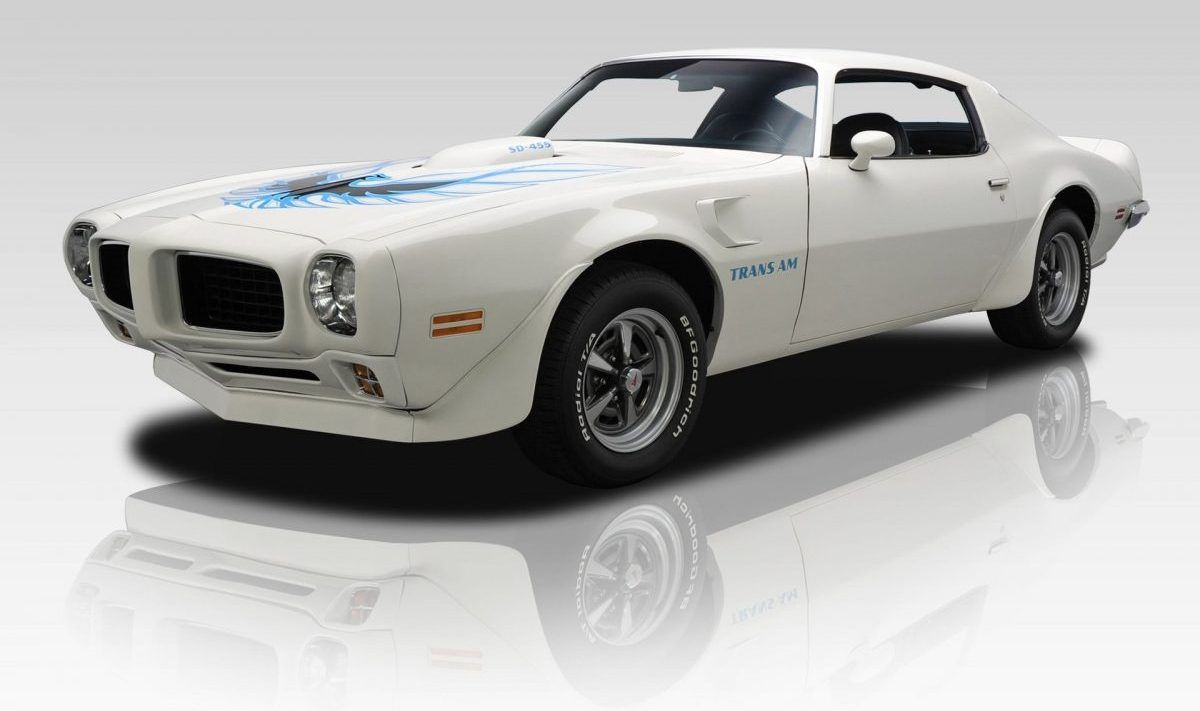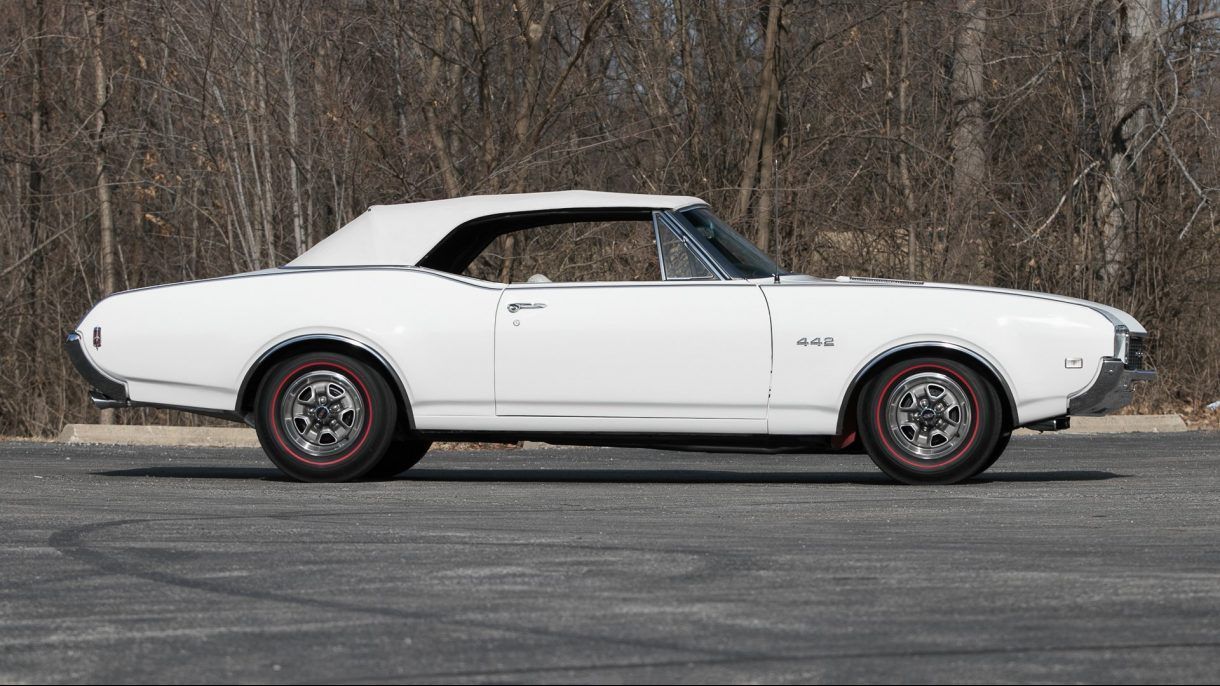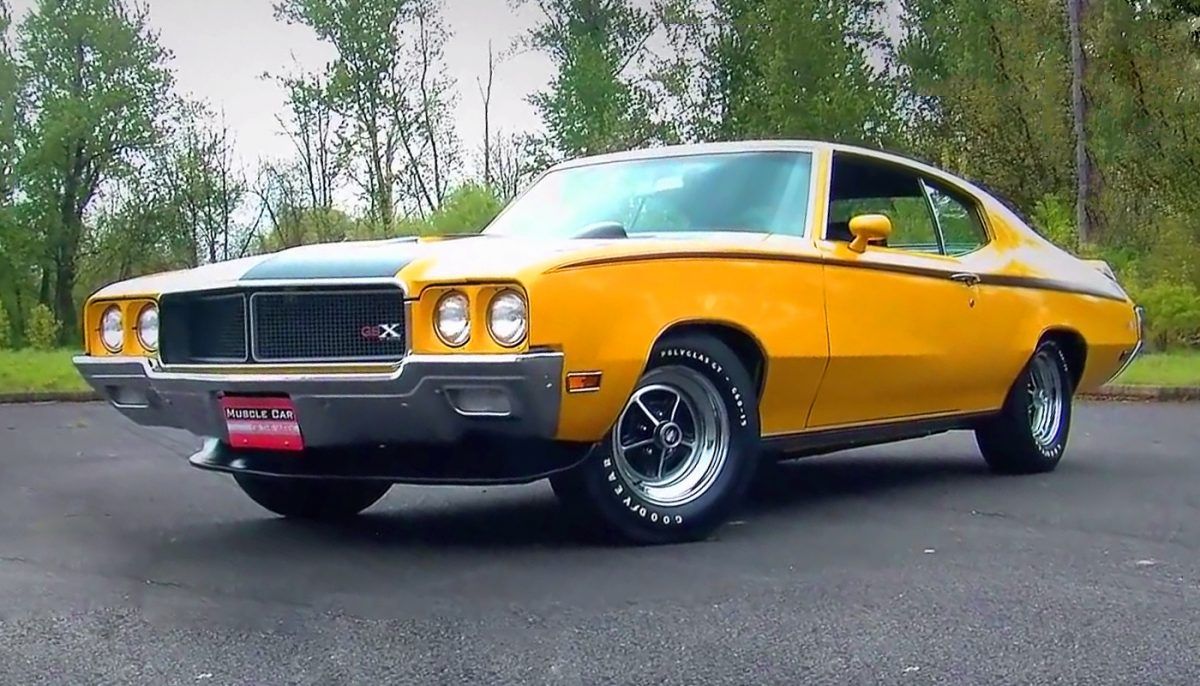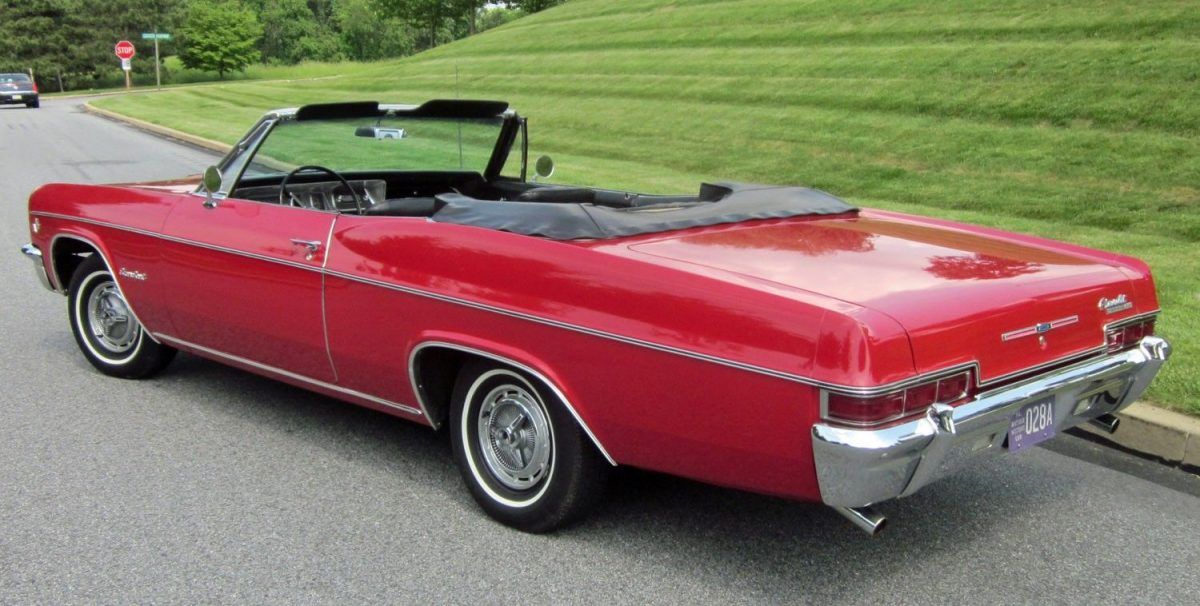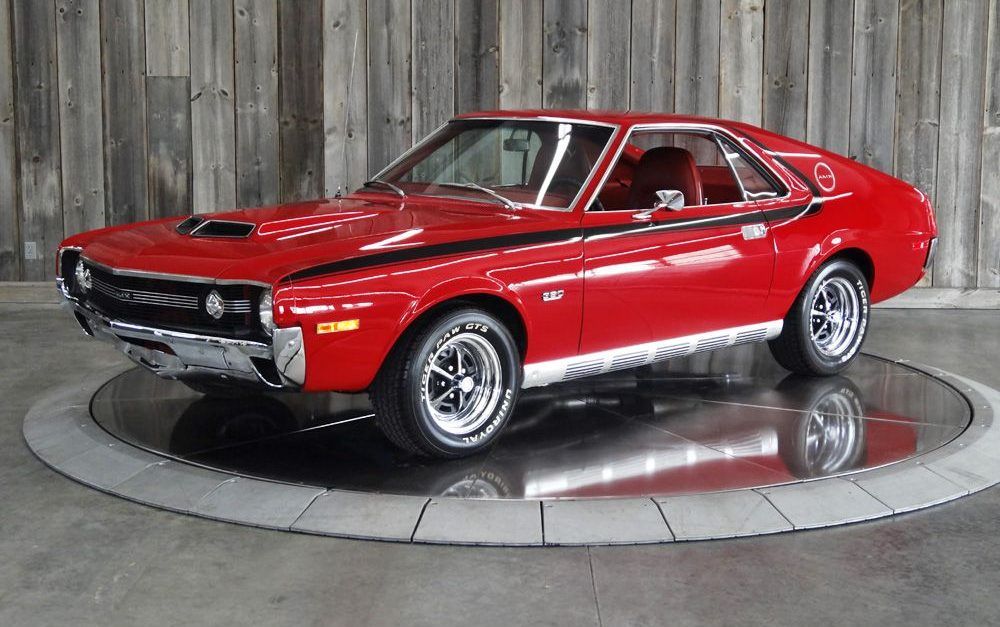There were many muscle cars produced and sold during the 1960s and '70s in The United States. While not as good as post-modern supercars, they did reign supreme well beyond two to three model cycles that replaced them.
It wasn't until the mid-1990s that power and performance became cheaply available in large numbers again. We've included some of the fastest and most sought after muscle-cars from that era.
Yes, a few of them border on sportscar territory but those models are part of that era and mystique. Not all of the models we included were super-popular, some were limited-production models for competition.
15 1967 Corvette 427 Tri-Power
Rated at 435 H.P. this Corvette was a killer. With 3 Holley 2bbls, this thing was a beast. It could be found with a screen inside the triangular air cleaner filter housing. Nothing about this car was subtle. Almost all came with a "Rock Crusher" M-22, or M-22 4 speed transmission.
We aren't sure if any came with a TH 400 automatic transmission, it is reported some of the 390 H.P. single 4bbl versions did come with an automatic. With fully independent suspension, lightweight, and 4 wheel disc brakes, this thing was a beast. Factory side pipes were standard with this option.
14 R2 Avanti
Meet the short-lived Studebaker supercar! While it was only a 4.7-liter engine, it came from the factory with a Paxton Supercharger. Not to be confused with a Ford engine its internals were all Studebaker, who actually pioneered the large-displacement V-8 and had 2x4 carburetion on some of their engines all the way back into 1956.
While they didn't use their biggest engine for this one, they souped it up. If you opted for the R2 supercharger, you couldn't get air conditioning, because the specifications no longer considered it a personal luxury car and more of a sports car or muscle car. The body style outlived Studebaker many years and was made under contract long past their demise.
13 421 SuperDuty Catalina
When you considered the GTO a nice little car for your girlfriend, you ordered a SuperDuty in the early '60s. More of a racer than a streetcar, these things could be ordered with iron liner aluminum hub drum brakes, almost always came with a 4-speed, and many came with tri-power!
H.P. could more be defined as "whatever" because it was strictly a fantasy world with these things, as they were mostly class racers. Officially they peaked at 375 h.p. by 1965, but many had roller cams and headers installed after purchase, so whatever! Basic interior appointments only, they weren't meant to be luxurious.
12 Boss 429 Mustang
Strictly straight-line speed, these cars were actually finished at Holman and Moody in limited numbers because the engine was really a 2 year only special option developed for stock car racing but ironically used mostly for drag racing.
With the optional drag pack option, these are one of the few cars that can lift its front tires off the ground without modification. The engine was rated at 370 h.p. well below its peak power RPM to make it insurable. Most buyers bought more civil versions of a Mustang during the 69-70 model years because this was strictly a street-legal racer.
11 Mercury Comet And Cyclone
This car was a bit of an oddball. It was built on 4 different Ford Chassis depending on the series. Mercury couldn't decide what to call it. Some years it was a Comet Caliente, Comet GT, Comet Cyclone, Comet Cyclone Spoiler, wow! What was important is it came with 4 big-block engine options.
Ignore the 429 option, that was not very good. The ones that came with the 390, 427 and 428 engines were insane! The 390 models never got the respect they deserve but they were wicked fast. The 427 and 428 models were just plain insane! Some of the 427 models were even converted by the dealer to the SOHC side oiler version, which made roughly 600 H.P... but was for competition only.
10 L'il Red Express
Dodge was getting tired of selling low powered personal luxury cars without a screamer at the end of the '70s. Pontiac had the Firebird, Chevy had the Corvette, Dodge decided to do a truck for '77-'78.
They got around the emissions laws of the time, which stifled power, by going with a truck. In it, they put the 360 police interceptor motor which couldn't meet passenger car emissions standards of the era but was conservatively rated at 260 H.P. Due to certain movies of the period, high pipes and C.B. radios were all the rage in that era, so it was a natural.
9 Rambler SC
AMC wanted in on the muscle car fad, so they put their biggest engine in their lightest chassis. Meet The Rambler Super Car. It fared very well in various stock and super stock drag race classes of the era as the engine was a torque monster.
Conservatively rated at 315 h.p., it was an engine that responded well to modification. The car was said to have been designed by the factory to be a perfect "F" stock class drag race car according to its sales brochures. 4 speed and competition rear axle ratios were standard.
8 Hemi And 440 Dart/Valiant
These cars never officially existed from the factory, but many have been seen and witnessed. They were specially ordered. Who knows what the real power output was as they are liars cars strictly for drag racing. Along with the few second-generation Hemi powered 'Cudas that also were built before they officially existed these things were legendary.
Remember these were lightweight economy cars, that officially could only be ordered with a 383 as the biggest engine, but trust us, more than a few left the dealers lot with over 375 h.p.
7 A.C. Cobra 427
Looking like a semi-finished Corvette, these cars were specially produced under a contract between Carroll Shelby, Ford and A.C. cars of England. They had such a high power to weight ratio, first gear on the 4 speed was almost a granny gear like a truck.
The ACE roadster on which they were based normally came with a typical pushrod 4-cylinder British mush-motor. When Shelby put a 260 V-8 and then 289s in the Cobra, people thought that was fast, when the Big Block version came out people couldn't believe it. Acceleration was on par with today's Hellcat. Crude, but handled well despite heavy engine.
6 Plymouth Superbird
Ugly, impractical, highly sought after. This car was a stock car homologation for Chrysler's program to maintain speeds above 150 m.p.h. in stock car racing. They took their intermediate Satellite platform, stuck weird-looking decals, giant wing, and wedge-shaped nose on the car to improve high-speed ability greatly.
The car came with a choice of 383, 440 and 426 Hemi engines. You really had to like the weirdness of the car, as they weren't attractive. They resembled an overgrown Roadrunner sports coupe, so they called them a Superbird.
5 455 SuperDuty Trans Am
This was another factory racer. It was the last screamer Detroit would mass produce for many years. Basically it was a low compression racing engine with special high-flow cylinder heads and a hot cam. Jokingly rated at a low 4,000 RPM for 290 h.p. it was probably closer to 450 h.p. around 6200 rpm.
The acceleration was similar to the 396 Camaros of the earlier era. The handling packages were being developed for the second-generation F-Body at this period so it was mid-pack in terms of cornering and braking. Oddly enough it was built as a few Formula Firebirds as well. Those are very rare.
4 Oldsmobile 442
Other than the Starfire Luxury Coupe with the 394 engine, Olds only built one series of high-performance cars in the 60s and early 70s. The rest were personal luxury cars with big engines. Available with up to 390 HP, these cars were fast and good looking.
Olds was the styling exercise division of GM which tried styling features 1 cycle ahead of other GM brands. The first 4 generations of 442 were among their prettiest cars. The Hurst/Olds 455 convertible models of 1968-69 were the top of the line which had the biggest engine available 2 years before the other models.
3 Buick GSX 455
As a follow up to the earlier GS400 coupes, when the body styles changed in 1970, Buick offered a special edition called the "X" which could be had with the Stage I engine option. Rated well below its power peak at a nominal 360 hp, this thing was also a beast. Not exactly a featherweight at 3800 lbs, it was fast!
Most came with automatics, but you could get a stick if you wanted one. What made them desirable is that Buick upscaled their trim over the Chevy and Pontiac versions of the A-Body. So you got both luxury and speed. The engine was actually not far behind in output to an LS6 Chevelle of the era, but they rated peak power well below what it made. There was even a Stage II package, but they were few.
2 Impala SuperSport
Similar to the RS package on a Camaro, this started as a trim package for any V-8 powered Impala. After the car was used for NASCAR Racing and drag racing, the car began a metamorphosis into a burner. It was available with optional 409, 396, 427 and 454 cubic inch engines.
The majority of them were not the highest performers as the car was built to be a luxury car, but some did come with multiple carburetors and 4-speed transmissions. Never a great handler, and nor did it have the brakes that were available on the Pontiacs, the car was fast and powerful.
1 AMC AMX 390
Only slightly heavier than The Rambler SC, this was also a fast car. The Real AMX, not the fake one of the late '70s was only available for 2 years between 1968-69. It sure would move. It came with a few different engines, but the 390 was the one to have. It was sold as a 2-seat quasi sports car with side trim styled to look like louvered side pipes.
There really wasn't anything that was forgotten in this car. It really showed that Kenosha, WI., wanted to compete with the big 3 in Detroit at building fast cars. One of the neat features that appeared early on in the line were flush-mounted door handles to smooth out the body lines.

